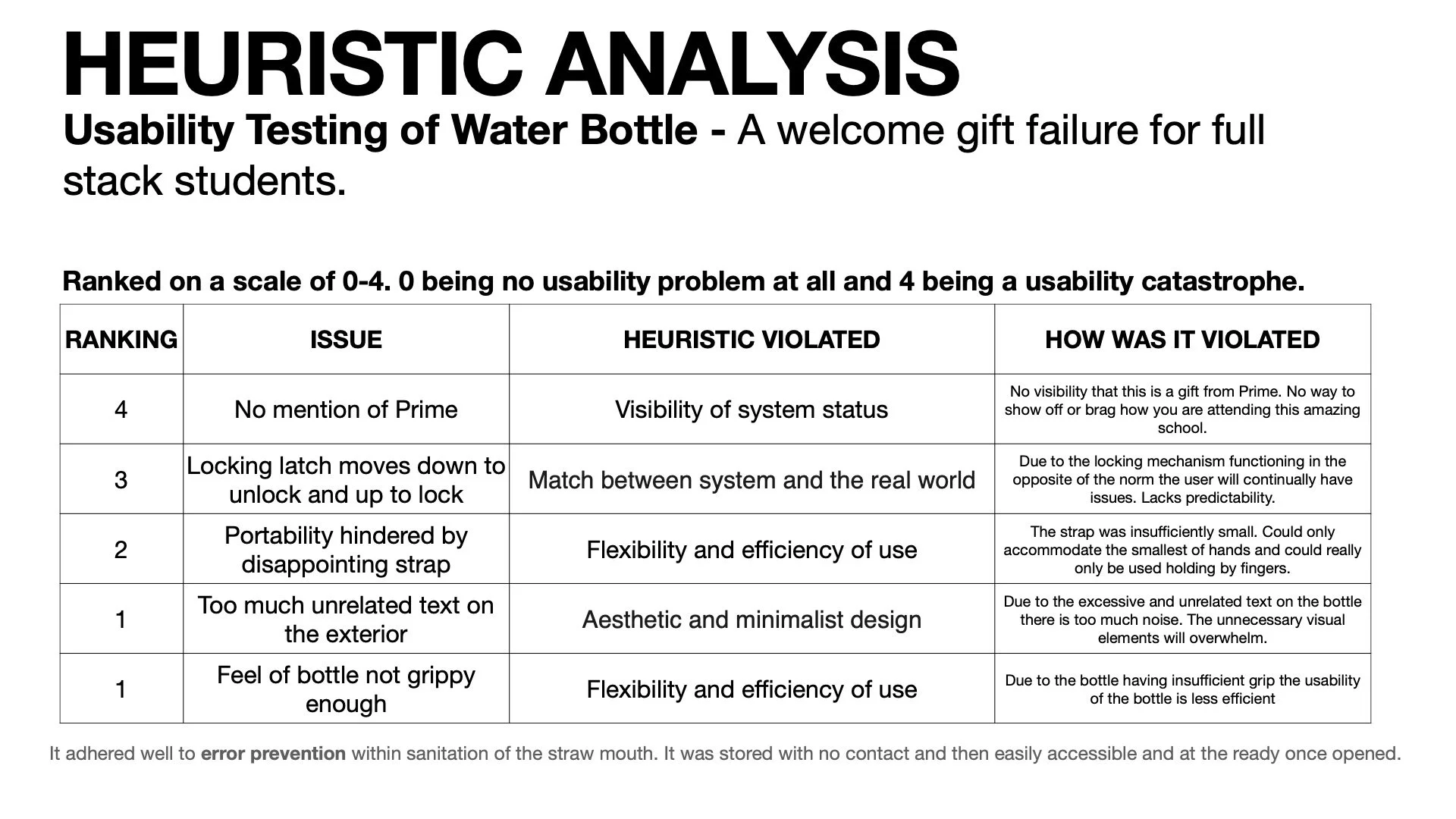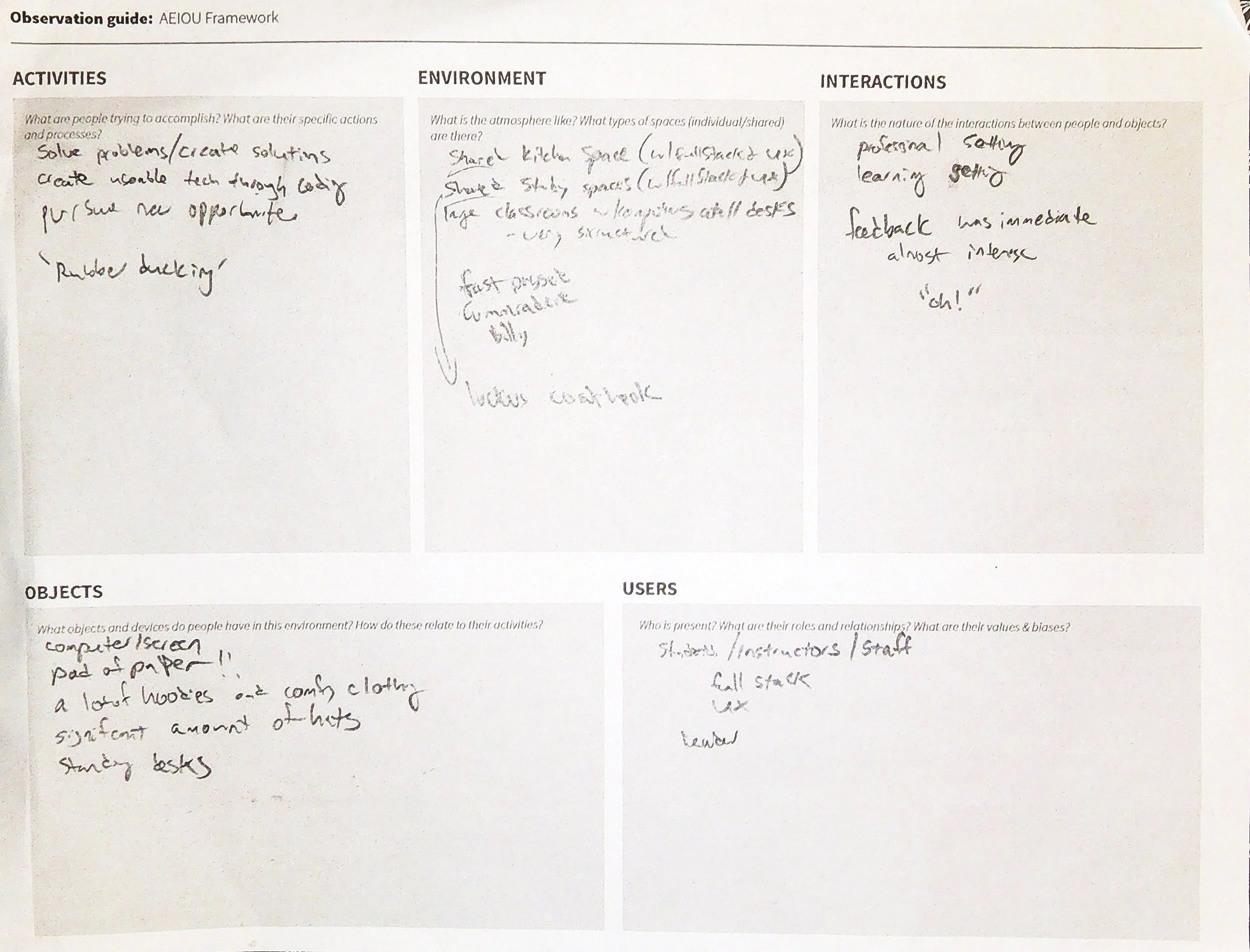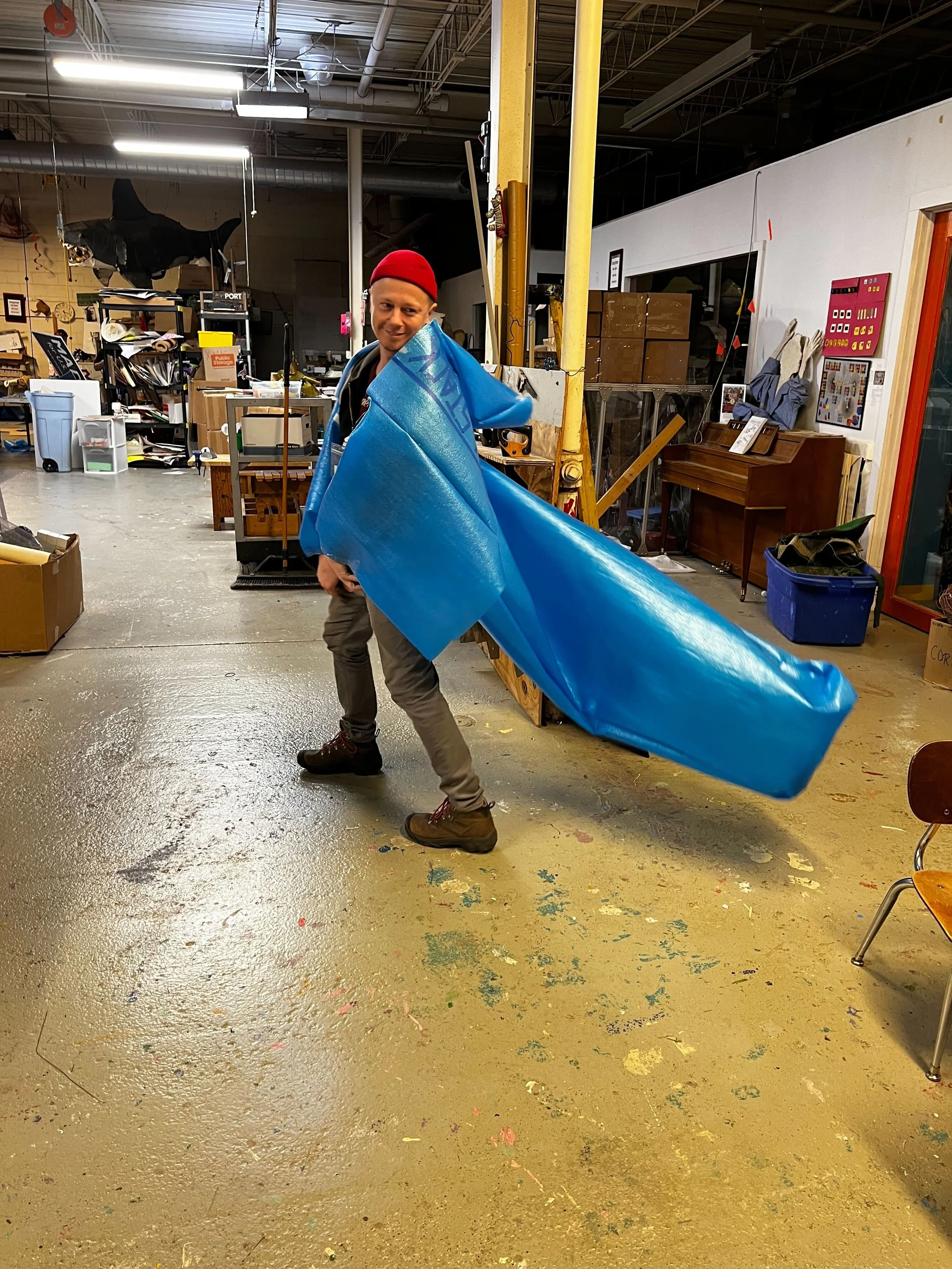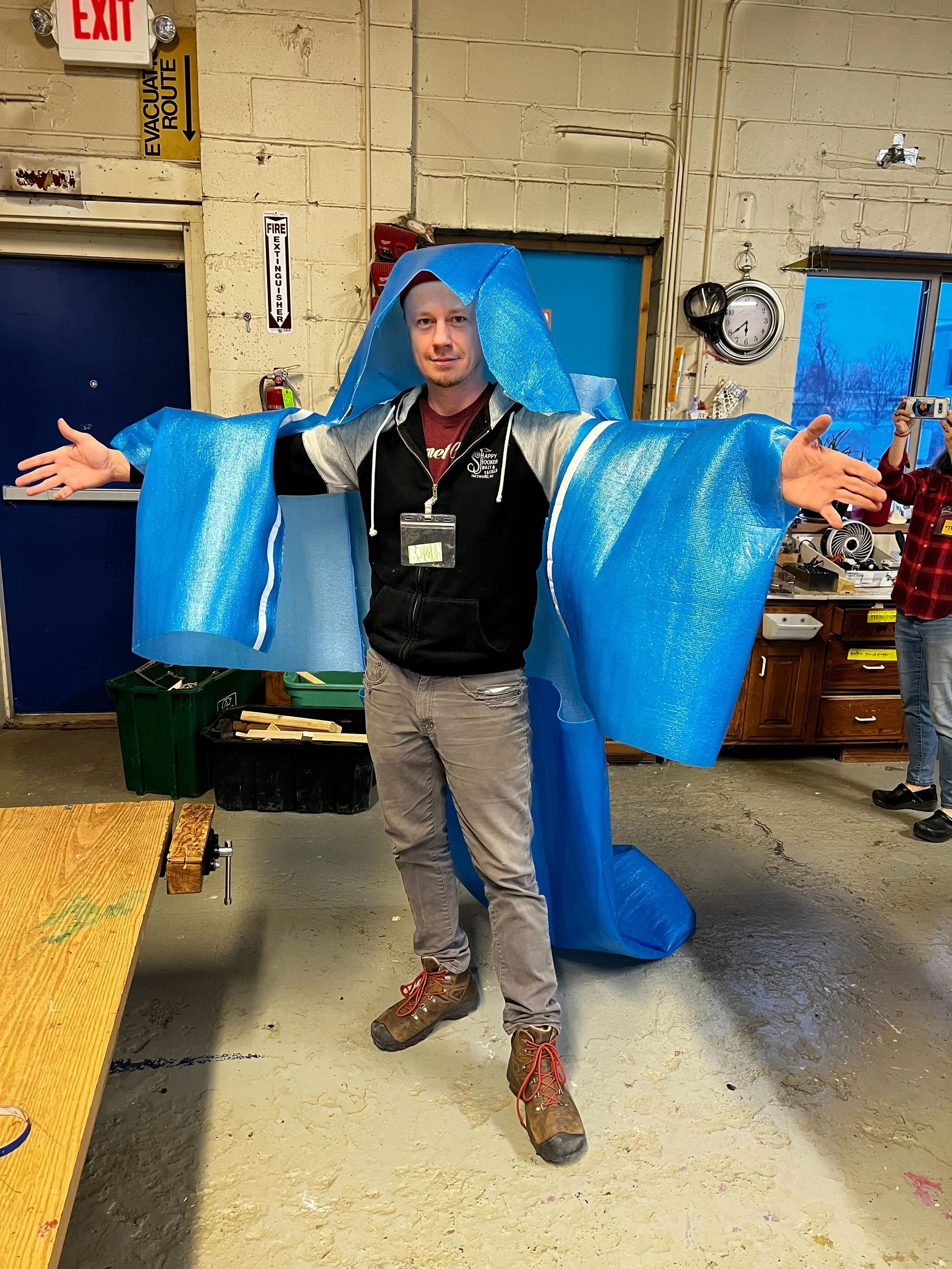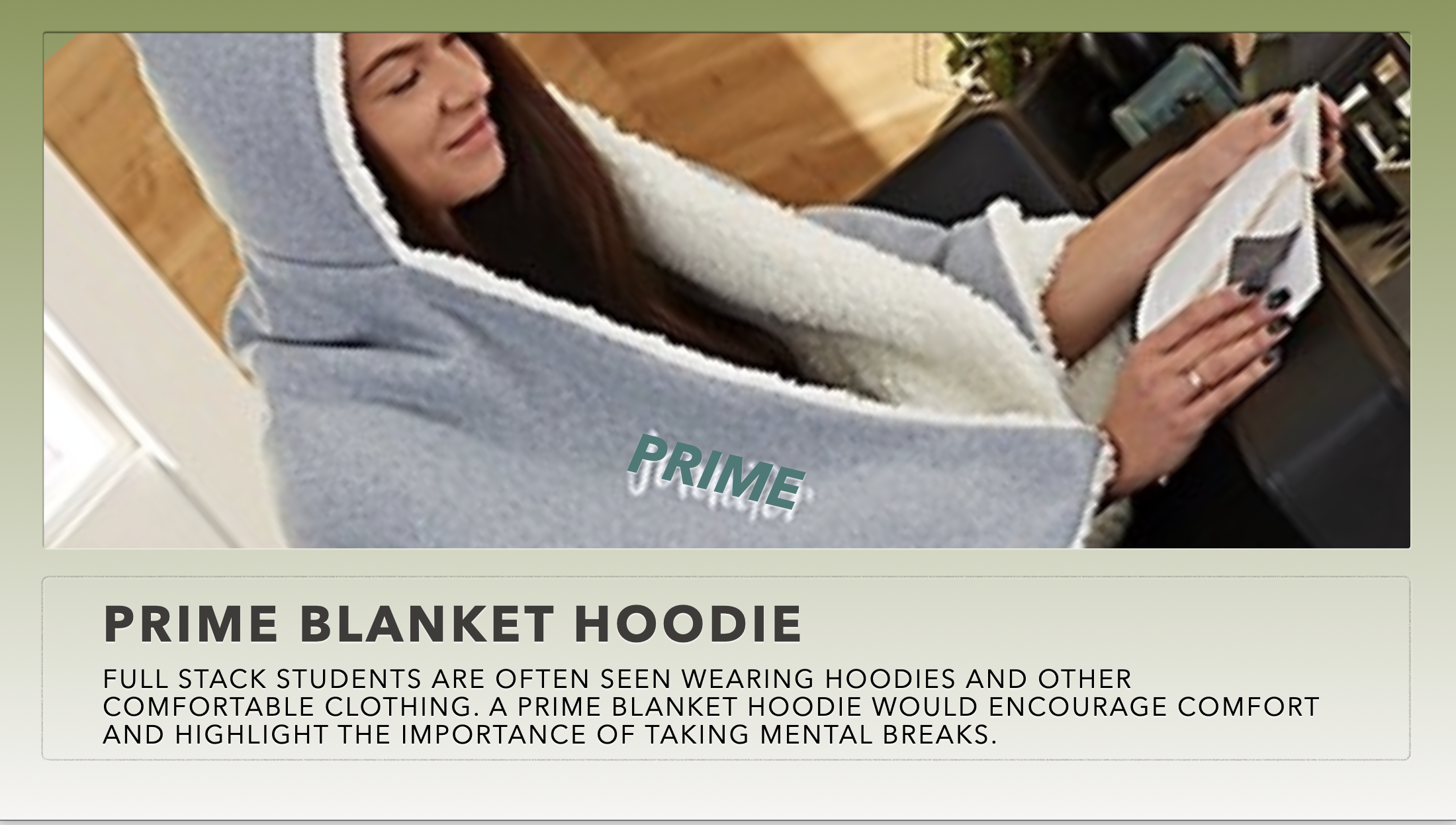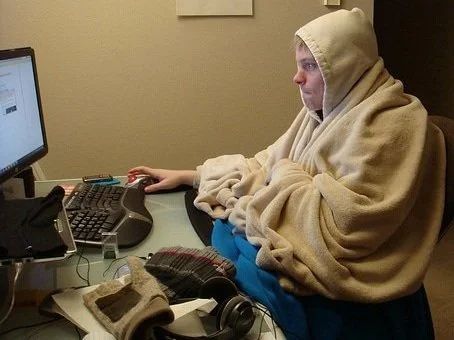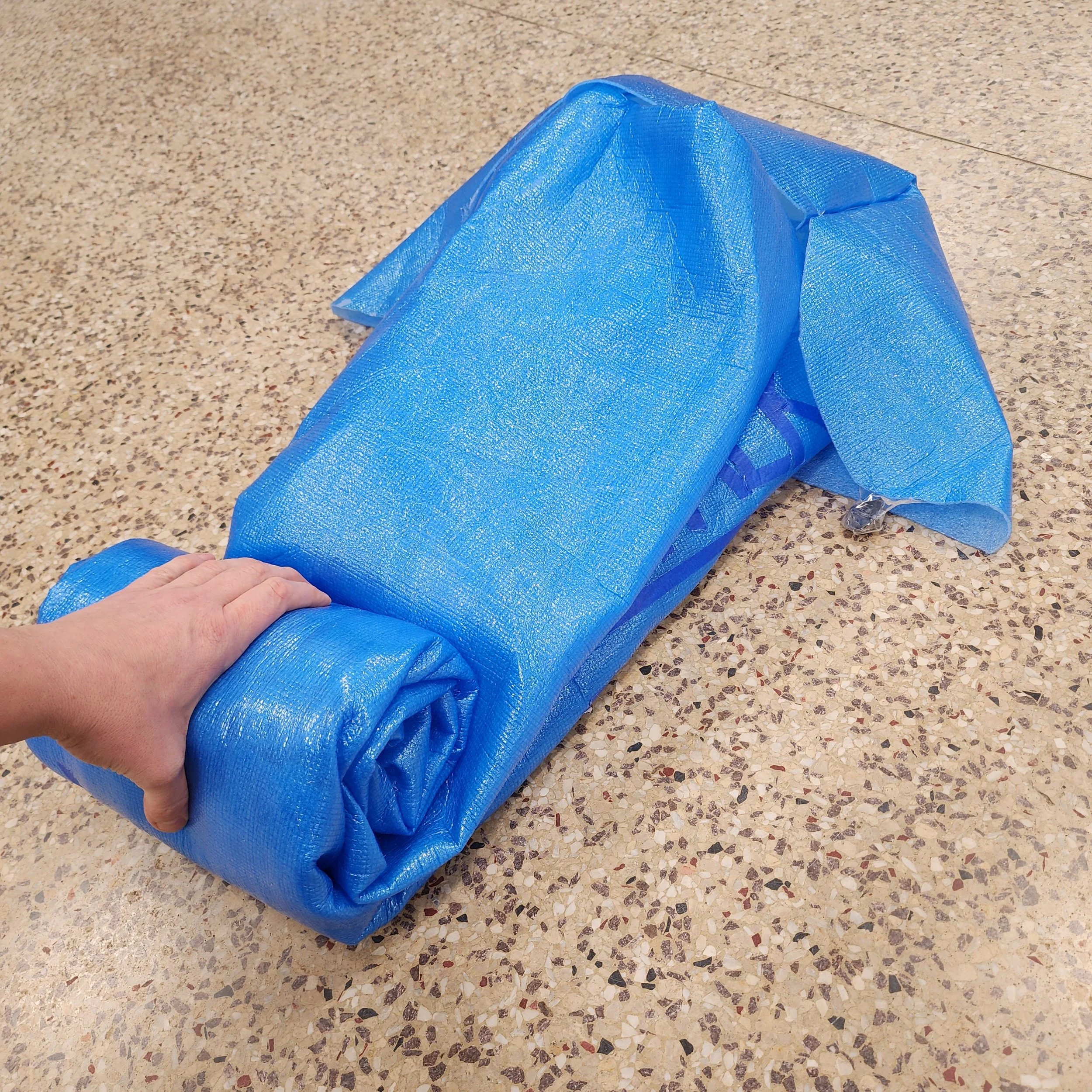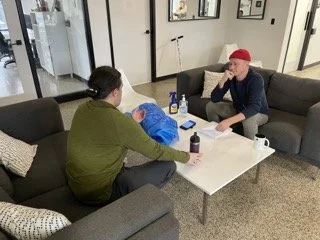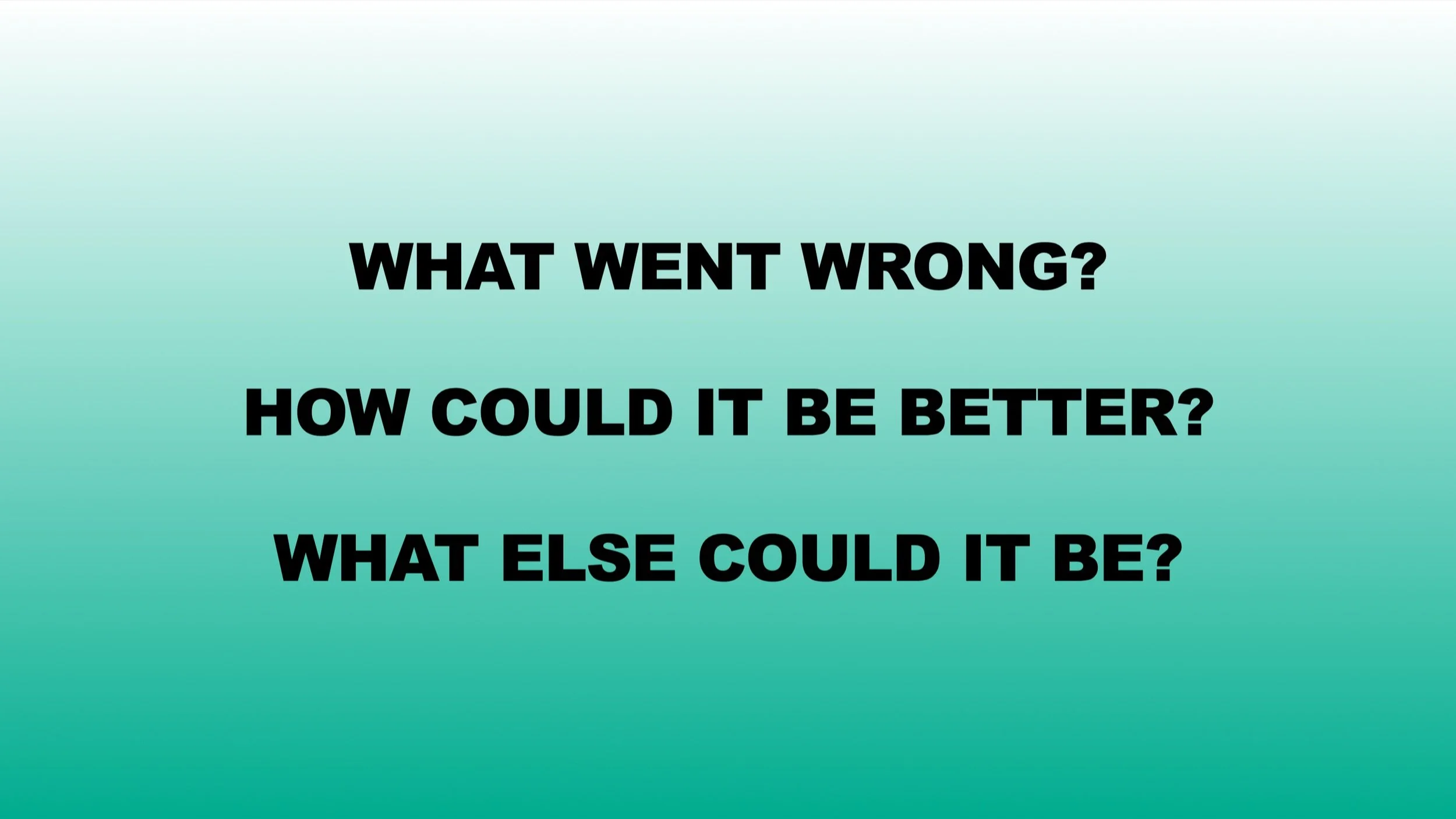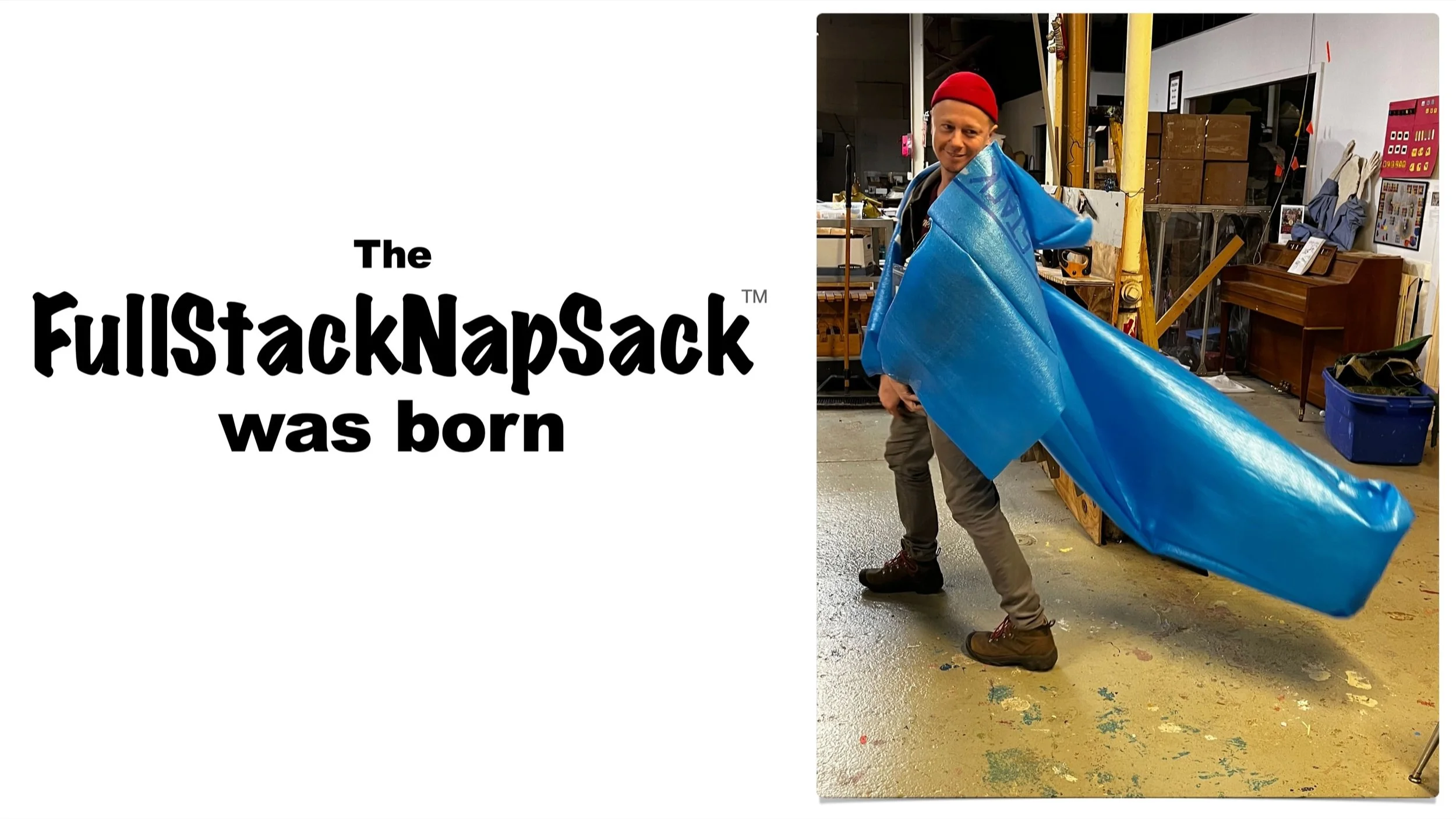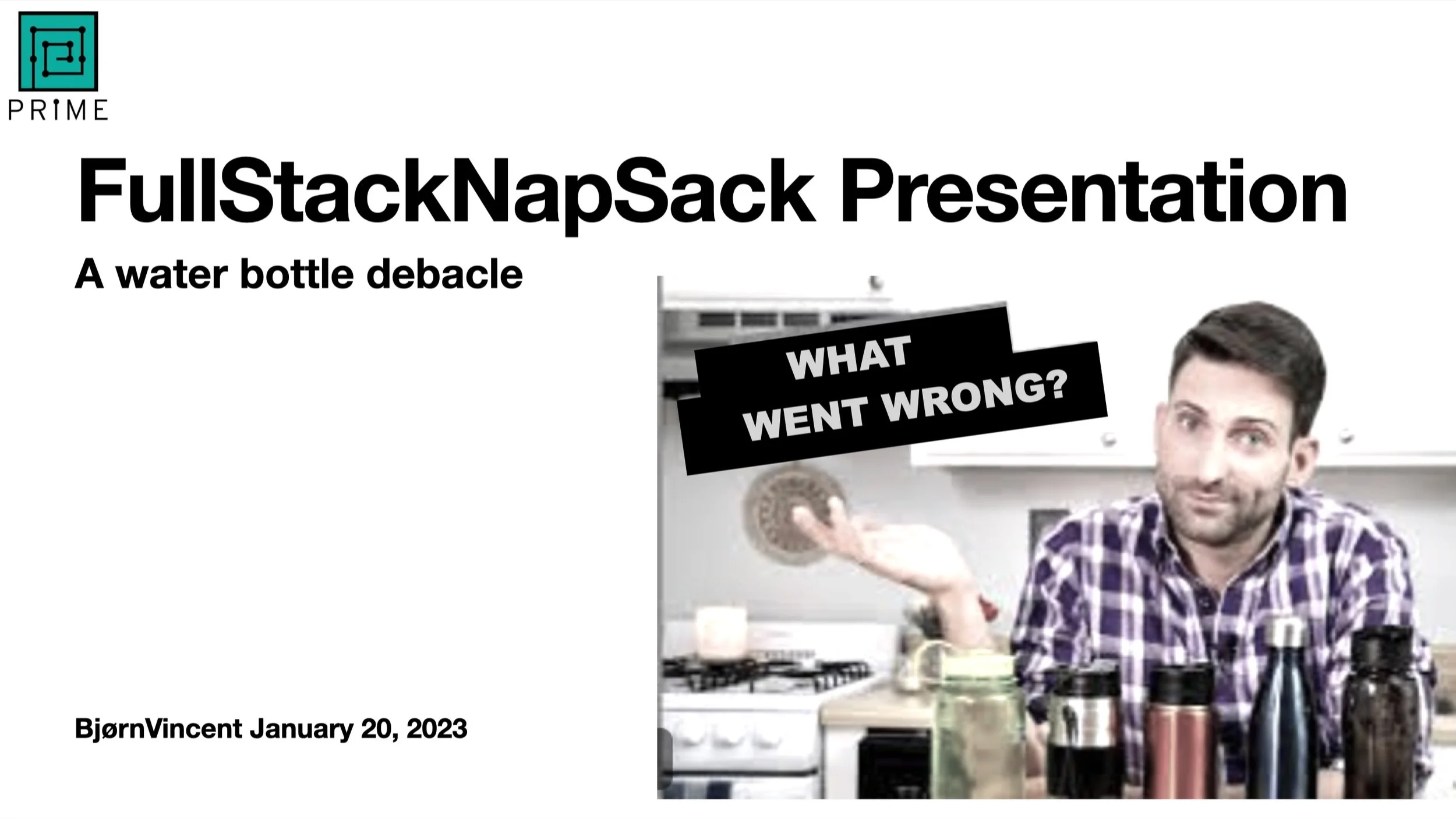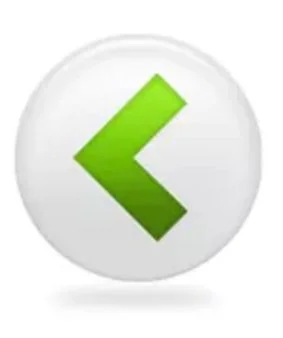welcome gift for fullstack students at Prime
project overview
The problem
Prime Digital Academy has been providing a water bottle as a welcome gift to its full-stack development students when they arrive on campus. Not only has the water bottle no longer being manufactured, it was discovered that many of the students have found it rather unusable and impersonal.
The Solution
My goal for this whole process was to find a new welcome gift that would not only be useable but also valued by its recipients. I accomplished this by studying what was wrong with the old gift through heuristic analysis, then learned more about the intended recipients by conducting observational research so new design concepts could be made. From there a low-fidelity prototype was created so that I could then have the prototype tested for usability and value by a selection of the intended users using an evaluation plan and the think-aloud method.
My role
Prime Digital Academy has hired me as a UX designer to approach the problem. I was asked to research what’s wrong with the current gift and propose a meaningful welcome-gift substitute for their full-stack cohorts. To do this I observed the full-stack student culture, evaluated the existing water bottle, created a prototype replacement concept, and tested that prototype with users.
I then presented those findings to the stakeholders at Prime Digital Academy.
techniques
At the start of the process I used heuristic analysis to discover more about the old gift to see where improvements could be made. I also conducted observational research to learn more about the full stack students themselves.
Once that was complete I used what I learned to come up with a new design concept which I then created a low fidelity prototype so I could give full stack participants something tangible to see and feel while I followed my evaluation plan
Heuristic analysis and observational research
With findings from the heuristic analysis I discovered numerous issues with the old welcome gift. The main points were that the quality and usability of the bottle itself was lacking, and most importantly the gift was highly impersonal making no mention of Prime or the full stack program.
During the observation portion I collected data while observing and interacting with full stack students. I used the AEIOU method and made note of their activities, environment, interactions, objects they utilized, and the relationships of the users around them. The biggest sticking points here were that they valued comfort and were consistently finding themselves in a stressful and intense environment.
Design process
It was now time to create the prototype and based on the heuristic analysis and observational research I came up with some suggestions for a new design concept of which the Fullstack Napsack was born. Once I realized what the full-stack students valued and what type of environment they found themselves in I looked for inspiration for the idea of a sort of shawl/blanket for warmth and comfort in the computer lab, and also a pillow for support
concept
inspiration
Creating prototype
Testing the prototype
Now that the prototype was done I formulated an evaluation plan and had participants utilize the think-aloud technique I evaluated the prototype with three full-stack students to see how they reacted to and thought of the new welcome gift design concept. I hoped to gain insight in how desirable a gift like this might be as well as how usable might be.
The audio of the sessions were recorded, with the knowledge and permission of the participants. This allowed me to accurately recall data at a later time as well as be more present and able to respond during the sessions. Each participant was given the same welcome and introduction to the scenario, and then the discussion moved on organically depending on their reactions to the product.
I also had the participants test the usability of the product. Initially I handed them the pillow not telling them what it was. From there they unrolled it and discovered on their own what the intended purpose of the gift was for. After asking some questions about their thoughts I had them attempt to roll it back to its original form.
The following images are from the presentation that was presented to the stakeholders at Prime Digital Academy.
The main concepts of the process were presented from start to finish and the final takeaway was we gained insight to what went wrong and why the water bottle was not a good gift to continue to give out.
The new concept is a viable option, but more testing and higher-fidelity prototypes would need to be made to make the final decision.
client pitch presentation
overall, the findings from the research seem promising.
the fullstack napsack has some real potential as a welcome gift, as it was well received in its low fidelity form. It seems, however, that further development and a higher fidelity prototype will be needed. The usability of the product has potential but in order to actually discover how real life students will react we will need to add and change a few things.
next steps
The next step will be to take the information that we have collected on the low-fidelity prototype and implement some of the needed changes that came to light through the prototype testing.
addition of zipper for easier access to the sack portion
a way to allow the user to walk even if their legs are in the sack (perhaps placement of zipper)
using lighter weight material for the sack portion so its not so cumbersome and easier to stow away
adding cushion material to hood to bring the pillow effect and not just rely on the material rolled up together.
utilizing a different color on the sack portion to differentiate from shawl and hoodie portion
finding better closure methods as to not interfere when wearing the hood
offering different sizes or ways to adjust to different body sizes.
